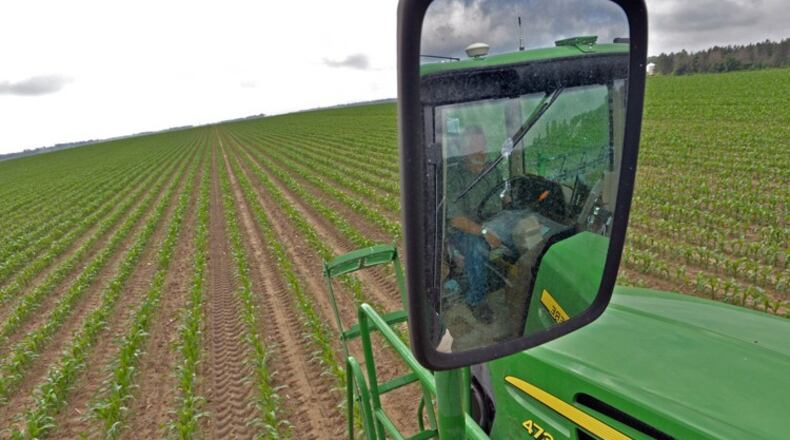TIFTON — The latest bid to shore up rural Georgia is under way, and some urban-dwellers might be asking: Why?
Not only because previous efforts have failed, or because the skeptics are more than a generation or two removed from the farm. No, they may be genuinely, benignly curious why state lawmakers should step forward like modern-day King Canutes, commanding a halt to the tide of migrants from Camilla and Waycross to Atlanta and Savannah.
The tide will come anyway, will it not? People have voted with their feet. Even if lawmakers can do something to reverse this apparent result of geographic natural selection, why should they?
The first part of that question — what can be done — is the main one facing members of the House Rural Development Council . Speaker David Ralston, at the council's inaugural meeting in Tifton on Monday, charged members with undertaking a "thorough, intensive and systematic study" of rural Georgia's problems and opportunities.
It will not be easy. The numbers, presented by various experts Monday and Tuesday , say so.
Seventy-eight of Georgia’s counties, or just about half, lost population between 2010 and 2015; 36 of them had more deaths than births during those years. This is a long-running trend, but it’s accelerating: The number of counties with more deaths than births in a single year rose from seven in 2006 to a staggering 60 in 2015.
While Georgia’s overall population continues to rise, two-thirds of the recent growth has accrued to just seven counties: six in metro Atlanta, plus Chatham County (Savannah). In 11 counties, census-takers counted fewer heads in 2010 than they did in 1860. Yes, 1860.
Forget rehabilitation; merely stopping the bleeding would be a feat in some of these places. Regrettably, for some parts of rural Georgia, it may be that nothing at this point can be done.
But that surely isn’t true everywhere, so let’s consider the “should” part. There are daunting numbers here, too.
Consider a comparison between one of Georgia's healthiest counties, Oconee (near Athens), and two of its most sickly, Crisp and Wilcox (neighbors about halfway between Macon and Tifton). Charlie Hayslett, a former journalist who documents rural Georgia's plight at TroubleInGodsCountry.com , told council members Crisp and Wilcox have about four times the poverty rate, twice the jobless rate and half the per capita income of Oconee, plus more low birth-weight babies and more premature deaths.
Those stats are morally troubling. But for anyone still unmoved, the kicker is budgetary: While Crisp and Wilcox together have almost exactly the same population as Oconee, they had just $12 million in state income tax liability to Oconee’s $40.2 million — but collected $44.2 million in Medicaid benefits to Oconee’s $11.2 million.
That’s only a partial snapshot of revenues to expenditures, but it’s a stark one. It would take many decades for de-population to reduce the rural counties’ fiscal gap, and matters would only get worse along the way. Helping them get back on their feet would improve the numbers more quickly.
There’s another side to this too, offered by David Bridges, president of Abraham Baldwin Agricultural College, which hosted the council’s meeting. Playing off Hayslett’s comparison, Bridges noted that if one subtracts the cost of food consumed in a county from the county's farm gate value, rural Decatur County is in the black. But Fulton (minus-$4.3 billion) and Gwinnett (minus-$3.9 billion) and Cobb and DeKalb (minus-$3.2 billion apiece) are deeply in the red.
Some parts of rural Georgia may not rebound, but some of them must if we’re to have food on our tables — not to mention cotton for our clothes and timber for our homes. (By the way: Rural struggles are a nationwide phenomenon, so we city folk won’t be saved by farmers in other states.)
It’s not dependence so much as interdependence. And that’s why we should try to figure out what we can do.
About the Author
The Latest
Featured



